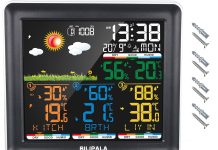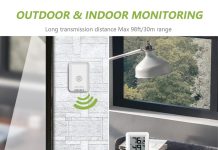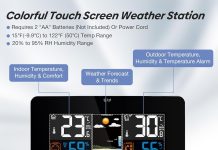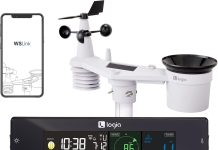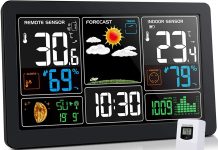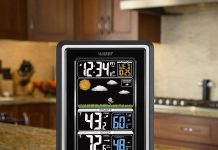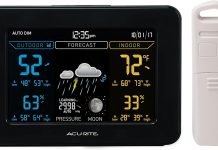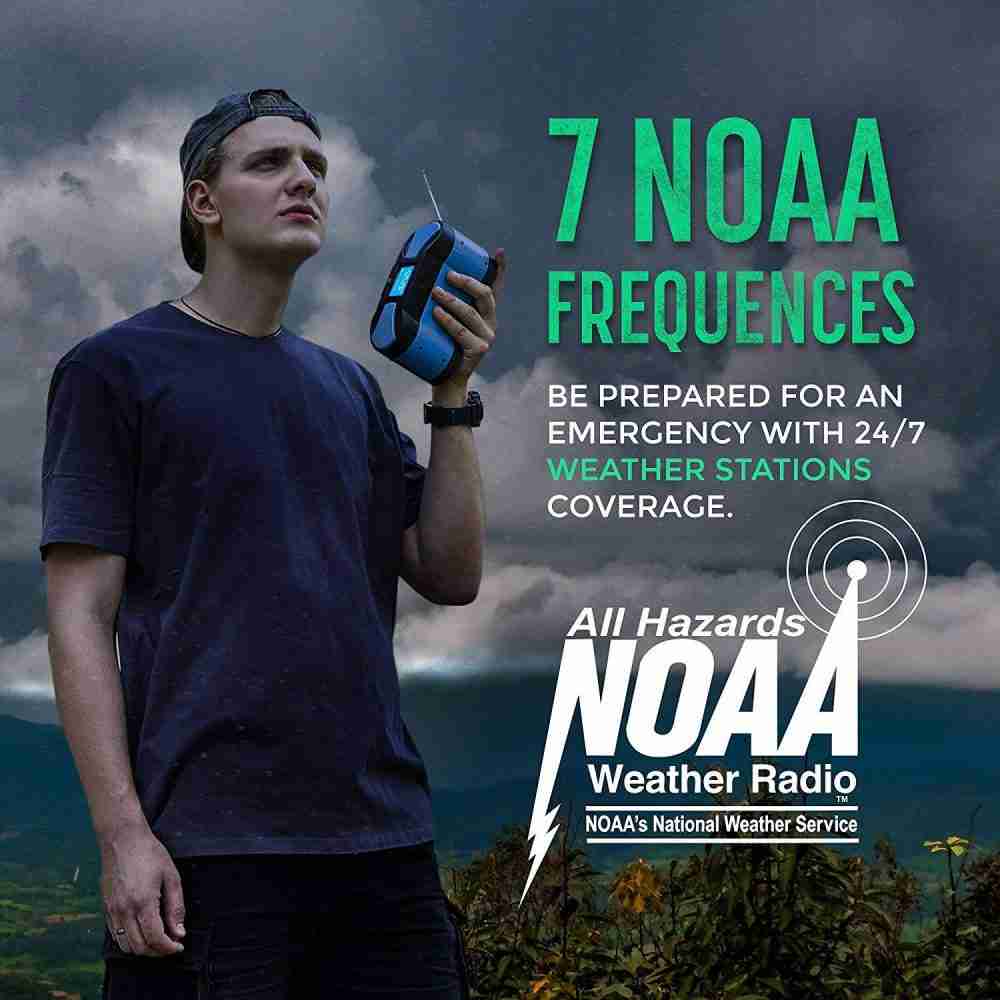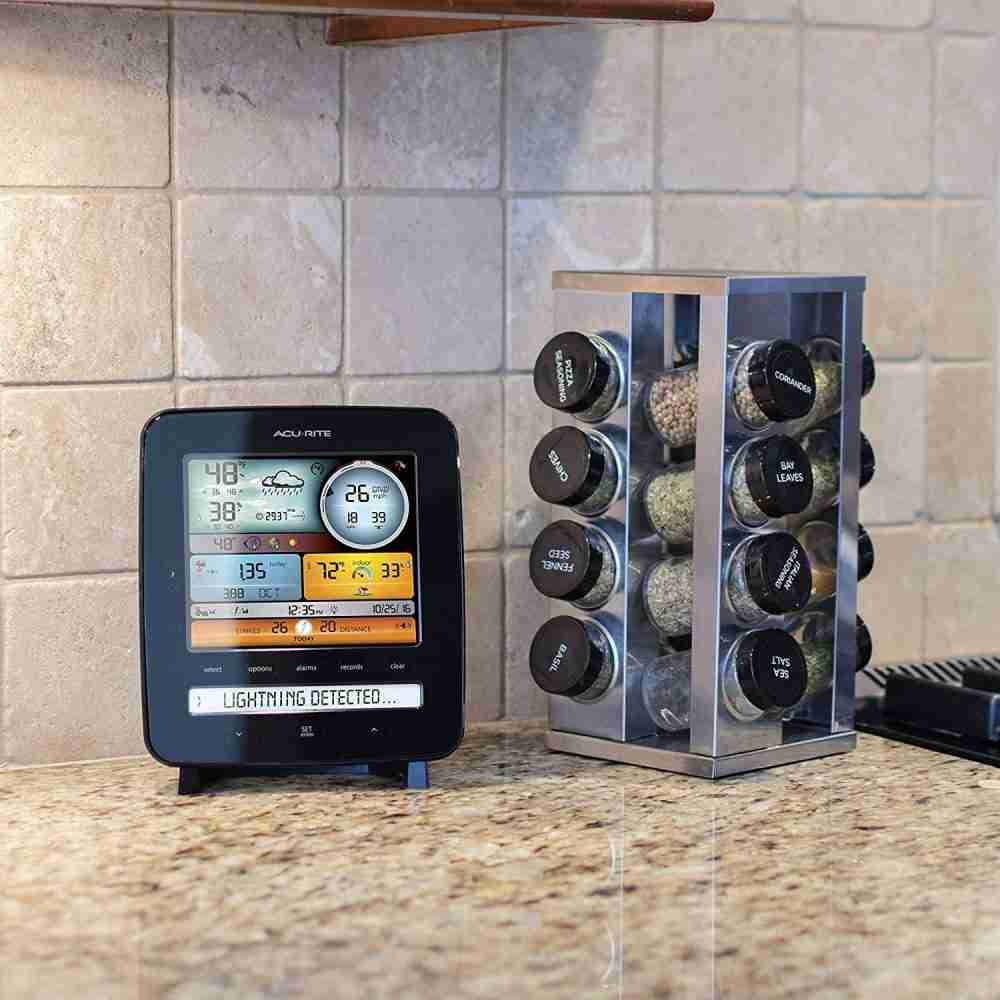Being able to measure and predict weather conditions accurately is crucial for a variety of industries and activities. However, have you ever wondered where weather stations should be positioned to achieve the most precise readings?
Whether weather stations should be in the sun or shade has long intrigued experts and enthusiasts alike. In this article, we will explore the factors to consider when determining the ideal location for weather stations and the impact that sunlight and shade can have on their measurements.
Hold on to your umbrellas as we stroll through the fascinating world of weather forecasting!
Importance of Weather Stations
Weather stations are crucial in monitoring and gathering data about weather conditions. By providing accurate measurements, they assist in forecasting and provide valuable information for various applications such as agriculture, aviation, and climate research. The placement of weather stations is crucial in ensuring the reliability and accuracy of the collected data.
Factors Affecting Weather Station Placement
When deciding where to place weather stations, several factors come into play. Sun exposure, shade availability, and microclimatic influences are vital considerations. These factors can significantly impact the data collected and the overall performance of the weather station.
Advantages of Placing Weather Stations in the Sun
Placing weather stations in the sun can offer various advantages in terms of the data collected and the overall functioning of the station. One advantage is the increased solar radiation measurements. The weather station can accurately capture the amount of solar radiation reaching the surface by being exposed to direct sunlight. This information is essential for understanding energy balance and climate patterns.
Furthermore, being in the sun allows for better evaporation data. Evaporation rates are directly influenced by solar radiation and temperature, and placing the weather station in the sun provides a more accurate representation of these factors. Additionally, having a weather station in the sun can reduce dew and frost formation, as the higher temperatures prevent moisture from condensing on the equipment.
Disadvantages of Placing Weather Stations in the Sun
Despite the advantages mentioned, placing weather stations in the sun has potential drawbacks. One of the main disadvantages is the potential heat bias. Direct exposure to the sun can lead to higher temperatures being recorded, which may not accurately represent the ambient temperature. This can affect various measurements, including temperature-related data.
Inaccurate temperature readings are another drawback of placing weather stations in the sun. The direct heat from the sun can cause the temperature sensors to overestimate the actual air temperature. This can lead to misleading data and affect the reliability of the weather station.
Moreover, equipment damage is risky when weather stations are constantly exposed to direct sunlight. The intense heat and UV radiation can accelerate wear and tear, compromising the station’s functionality.
Advantages of Placing Weather Stations in the Shade
Placing weather stations in the shade offers advantages and can help mitigate some issues associated with direct sun exposure. One of the primary advantages is the prevention of heat bias. Being shielded from direct sunlight allows the weather station to accurately measure and record the air temperature without the influence of excessive heat.
Accurate temperature recordings are another benefit of placing weather stations in the shade. By eliminating the heat bias, the temperature data collected will better represent the actual ambient temperature. This is crucial for various applications, including climate studies and agricultural planning.
Additionally, shade protects against direct sunlight, reducing the risk of equipment damage. Weather stations placed in the shade are less prone to wear and tear caused by heat and UV radiation, extending the lifespan of the equipment.
Disadvantages of Placing Weather Stations in the Shade
While placing weather stations in the shade offers some advantages, there are also potential disadvantages that need to be considered. One disadvantage is the reduced solar radiation measurements. Being shielded from direct sunlight can lead to underestimation of solar radiation, essential for understanding energy balances and studying climatic patterns.
Limited evaporation data is another drawback of placing weather stations in the shade. Evaporation rates are influenced by solar radiation, and reducing exposure to direct sunlight may result in less accurate evaporation measurements. This can have implications for understanding water cycles and agricultural practices.
Moreover, placing weather stations in the shade can increase dew and frost formation. Shaded areas tend to retain moisture, which can lead to condensation on the weather station equipment. This can affect the accuracy of various measurements and may require additional precautions to minimize the impact of dew and frost.
Microclimatic Influences on Weather Stations
Local microclimatic factors can also influence weather stations. These factors include local topography, surrounding vegetation, and nearby structures. Understanding these influences is essential when selecting the ideal location for a weather station.
Local topography plays a significant role in impacting weather station data. Features such as hills, valleys, and bodies of water can create microclimates that differ from the surrounding areas, potentially introducing biases in the collected data. The placement of the weather station should consider the topography to ensure accurate and representative readings.
Surrounding vegetation can also affect weather stations. Vegetation can provide shade but create microclimatic conditions, altering wind patterns and temperature readings. Evaluating the vegetation near the weather station is essential to minimize potential influences that may skew the collected data.
Furthermore, nearby structures such as buildings or walls can influence weather station measurements. These structures can create wind barriers, leading to sheltered conditions that differ from the open environment. Analyzing the influence of nearby structures is crucial in determining the suitability of a location for accurate and representative weather station data.
Choosing the Ideal Location for Weather Stations
Several factors should be considered when selecting the ideal location for weather stations. Firstly, the local climate needs to be taken into account. Understanding the prevailing weather patterns, temperature ranges, and precipitation characteristics is crucial in determining if a particular location is suitable for reliable weather data collection.
Analyzing long-term data is also essential. Long-term climate data can provide insights into the seasonal variations, trends, and extreme events that may impact the performance of a weather station. By studying historical climate records, it is possible to identify any potential biases or anomalies in certain areas, helping to make informed decisions about weather station placement.
Determining specific requirements is another important consideration. Different applications may have different requirements in terms of the data collected. Understanding the specific needs of the intended use of the weather station helps guide the selection of an optimal location. For instance, weather stations for agriculture need to capture accurate temperature data and solar radiation measurements relevant to crop growth.
Placement Recommendations for Different Measurements
Different weather measurements have specific considerations when it comes to placement. For temperature readings, weather stations should be located in open areas away from direct heat sources or structures that may influence temperature readings. This allows for an accurate representation of ambient temperature.
For solar radiation measurements, weather stations need to be placed in unobstructed areas with maximum exposure to the sun. Clear access to the sun ensures reliable solar radiation measurements, which is essential for studying energy balances and climate patterns.
Regarding precipitation measurements, weather stations should be placed in open areas with minimal obstructions. Surrounding vegetation or structures can interfere with precipitation gauges, causing underestimation or overestimation of rainfall. Open areas with a clear path for precipitation provide the most accurate readings.
Conclusion
Choosing the appropriate placement for weather stations is critical in ensuring accurate and reliable data collection. Understanding the advantages and disadvantages of placing weather stations in the sun or shade and considering microclimatic influences empowers researchers and weather enthusiasts to make informed decisions.
Considering various factors such as sun exposure, shade availability, and microclimatic influences, a balanced approach is essential. Each location may have different requirements depending on the intended use of the weather station.
Continued research, evaluation, and data analysis are necessary to improve the performance and understanding of weather stations to benefit a wide range of industries and scientific fields.


